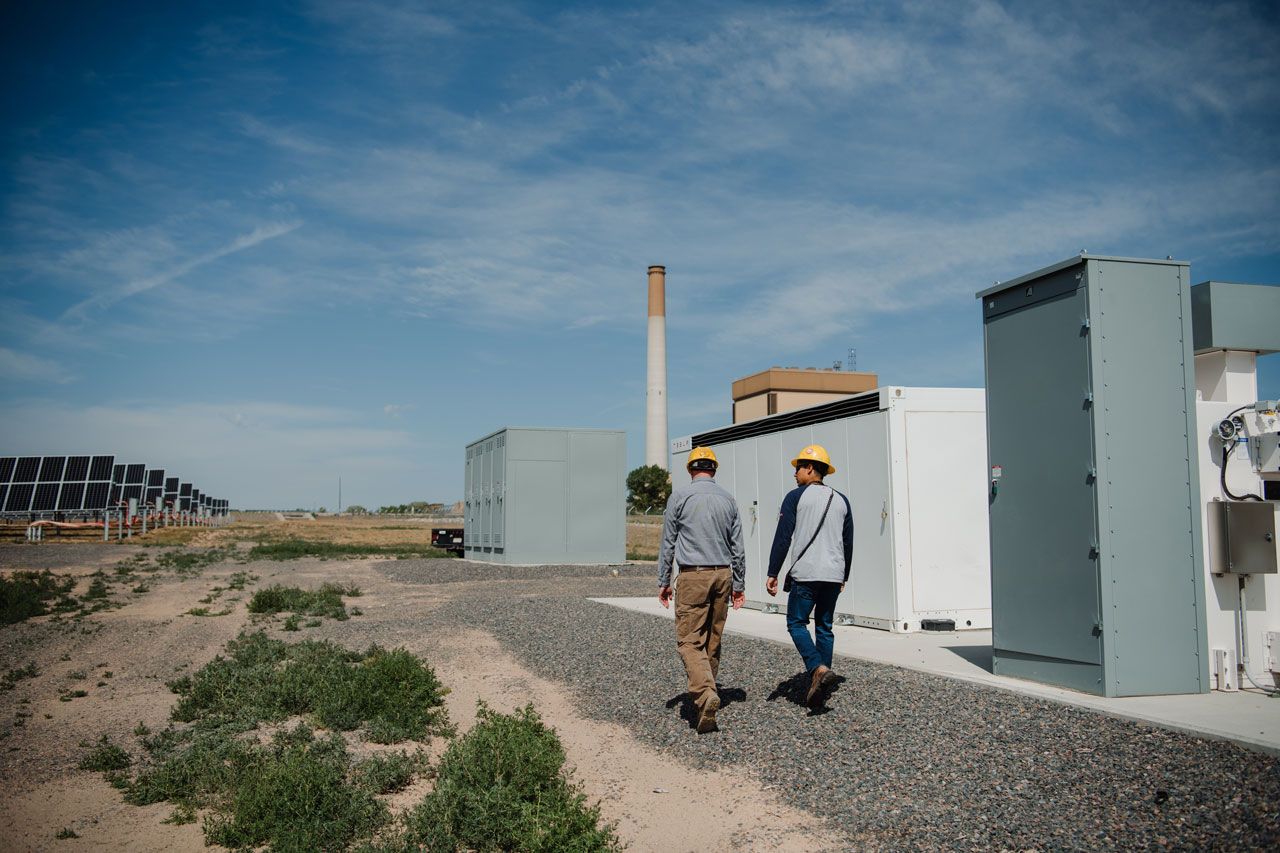Adopting smart-home technology can be easy and practical
Simplicity and ease of use override technological innovation in the minds of people who are looking to purchase smart-home technology, according to a recent survey from Icontrol Networks.
The drive is to have devices that solve real and everyday problems.
Gartner, a leading information-technology research company, predicts that a typical family home in 2022 could contain more than 500 smart devices, but right now a majority of consumers still are looking for a clear value proposition to invest in the technology.
SPONSORED CONTENT
How dispatchable resources enable the clean energy transition
Platte River must prepare for the retirement of 431 megawatts (MW) of dispatchable, coal-fired generation by the end of the decade and address more frequent extreme weather events that can bring dark calms (periods when there is no sun or wind).
Combining practical and easy with an eye toward energy efficiency and affordability seems to be the current state of affairs.
Gavin Lantzy, president of SaaviHome, with offices in Louisville and Denver, has been working to answer the request since 2004.
“We call ourselves electronic-systems contractors,” he said.
With a 50/50 split between residential and commercial work as well as between new construction and retrofit in existing homes, SaaviHome installs technology and products that range from surveillance and lighting control to audio/video and home networks.
“The number one trend we see is people wanting robust home networks,” said Lantzy.
To be able to control different devices and systems remotely, they need a robust WiFi network provider, he added.
“We go in and accelerate what they have times 10, 20 or 50 so they can get the most from it.”
Once the Internet source has the needed boost, adding more smart technology to the mix is easier.
Touch panels and remote controls can manage music in various rooms. Interior and exterior blinds and awnings can measure the right time of day to keep the heat in or out. Water bills can be reduced with a sprinkler system that adjusts to the weather.
Nearly half of the people surveyed by Icontrol Networks expressed a great deal of interest in using smart technology as an energy-efficient method that was good for them as well as for the environment.
According to Home Energy Saver, an online government resource that focuses on energy efficiency, Americans spend about $2,100 per household on energy. Installing devices that regulate the home temperature according to specific variables is a basic way of reducing that bill and keeping the comfort variable intact.
Why keep the house heated or cooled in your absence when you can wirelessly adjust it when you’re almost home?

With nearly half of the utility bill for average American homes going toward heating and cooling, conserving energy in those areas also can make a difference in both energy use and expense.
About 25 percent of a typical home utility bill is spent on just lights. Motion detectors reduce unnecessary use inside and outside the house as both a safety and a security measure when someone is coming or going.
Sensors can be set up to measure and sometimes adjust certain conditions such as monitoring door and window openings, smoke and even water leaks. Paired with notifying devices, the system will notify a homeowner with specified activity that needs attention. Rain sensors can turn off the automatic sprinkler system when the water isn’t needed.
“Another trend we see is people wanting integration of different systems,” Lantzy said. For example, an integrated system is what can tune an automated shade in a home into an HVAC system so that when the house reaches 78 degrees, shades will be lowered on the south side of the building.
“It’s when your home starts to do the work for you,” he added.
Lantzy said the cost for new-home automation ranges from 3 percent to 7 percent of the building cost.
“We do home theaters for a wide range — from $4,000 to $65,000 — depending on the quality of equipment installed.”
At this point, Lantzy said, most people come to him with one or two ideas but they’re more interested in what the options are.
“About 80 percent of my sales conversations are actually educational.”
Simplicity and ease of use override technological innovation in the minds of people who are looking to purchase smart-home technology, according to a recent survey from Icontrol Networks.
The drive is to have devices that solve real and everyday problems.
Gartner, a leading information-technology research company, predicts that a typical family home in 2022 could contain more than 500 smart devices, but right now a majority of consumers still are looking for a clear value proposition to invest in the technology.
Combining practical and easy with an eye toward energy efficiency and affordability seems to be the current state of affairs.
Gavin Lantzy, president…
THIS ARTICLE IS FOR SUBSCRIBERS ONLY
Continue reading for less than $3 per week!
Get a month of award-winning local business news, trends and insights
Access award-winning content today!

